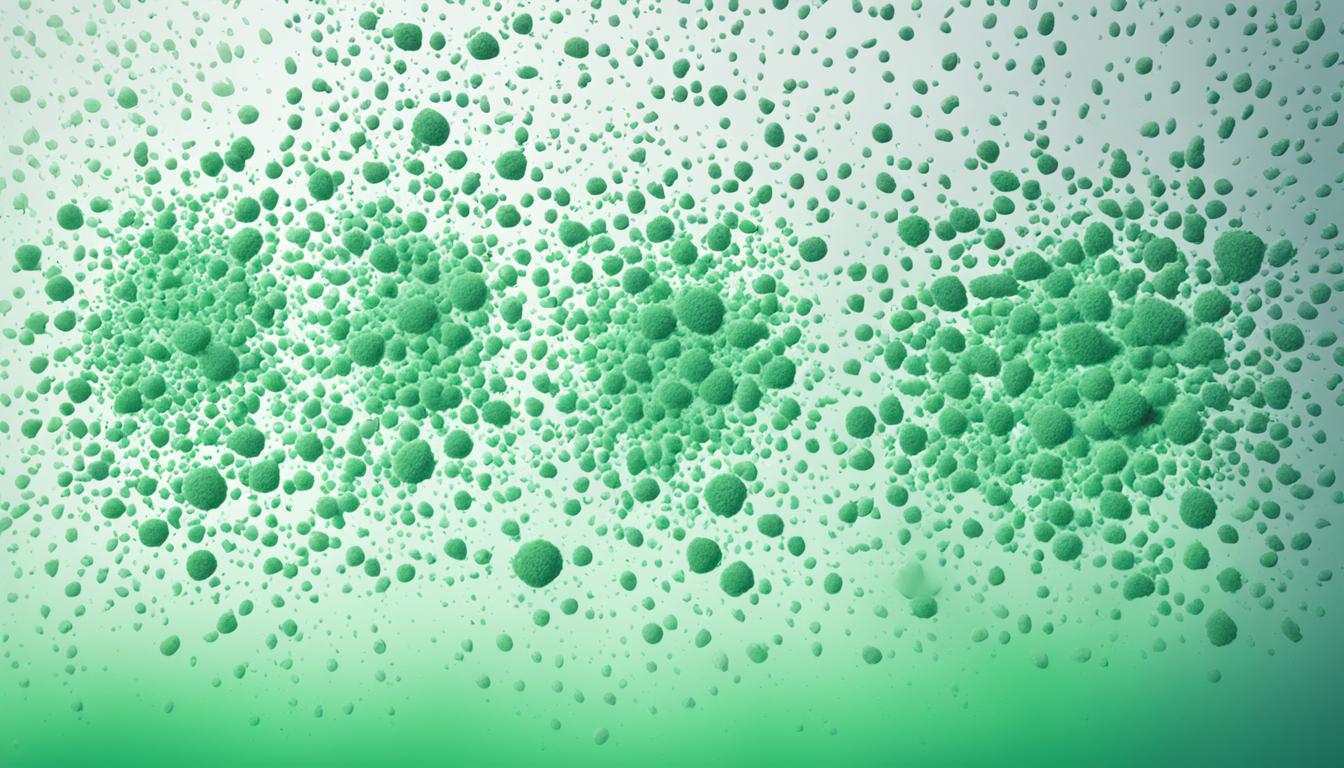
Understanding Symptoms from Mold Exposure
Mold exposure can have detrimental effects on your health, leading to a range of symptoms that can manifest in various ways. It is crucial to understand these symptoms to protect yourself and your loved ones from potential harm. Whether you suspect mold growth in your home or workplace, or if you are experiencing unexplained health issues, knowing the signs can make a significant difference.
Mold is a type of fungus that thrives in damp and poorly ventilated environments. When mold spores are inhaled or come into contact with the skin, they can trigger various health reactions. These symptoms can vary depending on the individual’s sensitivity, duration of exposure, and the type of mold present.
In this section, we will explore the most common symptoms associated with mold exposure, helping you identify if you are at risk and need further investigation or mitigation. By being informed and proactive, you can take the necessary steps to ensure a healthier living and working environment.
Key Takeaways:
- Understanding the symptoms of mold exposure is crucial for safeguarding your health.
- Mold exposure can lead to a range of symptoms affecting different systems of the body.
- Respiratory issues, allergic reactions, skin problems, and neurological symptoms are among the common signs of mold exposure.
- Professional help, such as mold assessments, is essential if you suspect mold exposure or experience symptoms.
- Preventive measures can be taken to minimize mold exposure in your environment.
Common Symptoms from Mold Exposure
Mold exposure can have a variety of detrimental effects on the human body. Understanding the common symptoms associated with mold exposure is crucial in identifying potential health risks. Let’s explore the most frequently observed symptoms:
Respiratory Issues
Mold spores can irritate the respiratory system, leading to symptoms such as:
- Coughing
- Sneezing
- Wheezing
- Shortness of breath
- Chest tightness
Allergic Reactions
For individuals with allergies, mold exposure can trigger allergic reactions, including:
- Nasal congestion
- Runny nose
- Itchy, watery eyes
- Skin rash or hives
Skin Problems
Mold exposure can also manifest as skin issues, such as:
- Redness
- Rashes
- Itching
- Dry or scaly skin
Neurological Symptoms
In some cases, exposure to certain types of mold can impact the nervous system, leading to:
- Headaches
- Dizziness
- Fatigue
- Difficulty concentrating
It is important to note that symptoms may vary depending on an individual’s sensitivity to mold and the duration of exposure.
If you experience any of these symptoms, especially when in environments where moisture or mold is present, it is essential to take appropriate action to address the issue and protect your health.

| Symptom | Description |
|---|---|
| Respiratory Issues | Includes coughing, sneezing, wheezing, shortness of breath, and chest tightness. |
| Allergic Reactions | Manifests as nasal congestion, runny nose, itchy, watery eyes, and skin rash or hives. |
| Skin Problems | Characterized by redness, rashes, itching, and dry or scaly skin. |
| Neurological Symptoms | Includes headaches, dizziness, fatigue, and difficulty concentrating. |
Seeking Help and Prevention
If you suspect mold exposure or experience any symptoms, it is crucial to seek professional help. Mold can have serious health implications, and proper assessment is essential to determine the extent of the issue. At Fix Mold Miami, our team of experts specializes in mold assessment, using state-of-the-art techniques to identify and evaluate mold growth in your environment. Our professionals will conduct a thorough inspection, testing the air quality and surfaces for mold spores. This comprehensive assessment will provide you with a clear understanding of the mold situation in your space.
Once you have a mold assessment report, you can take the necessary steps to prevent further exposure. Prevention is key in maintaining a healthy living space. Simple measures such as keeping indoor humidity levels low, fixing any leaks or water damage, and promoting good ventilation can help minimize mold growth. Additionally, regular cleaning and maintenance can prevent the accumulation of moisture and create an unfavorable environment for mold to thrive.
It’s important to note that mold prevention doesn’t stop at home. If you suspect mold in your workplace or any public spaces you frequent, report it to the appropriate authorities or management. This will not only protect your health but also contribute to creating a mold-free environment for everyone. By taking action and implementing preventive measures, you can ensure a safe and mold-free living and working environment.




